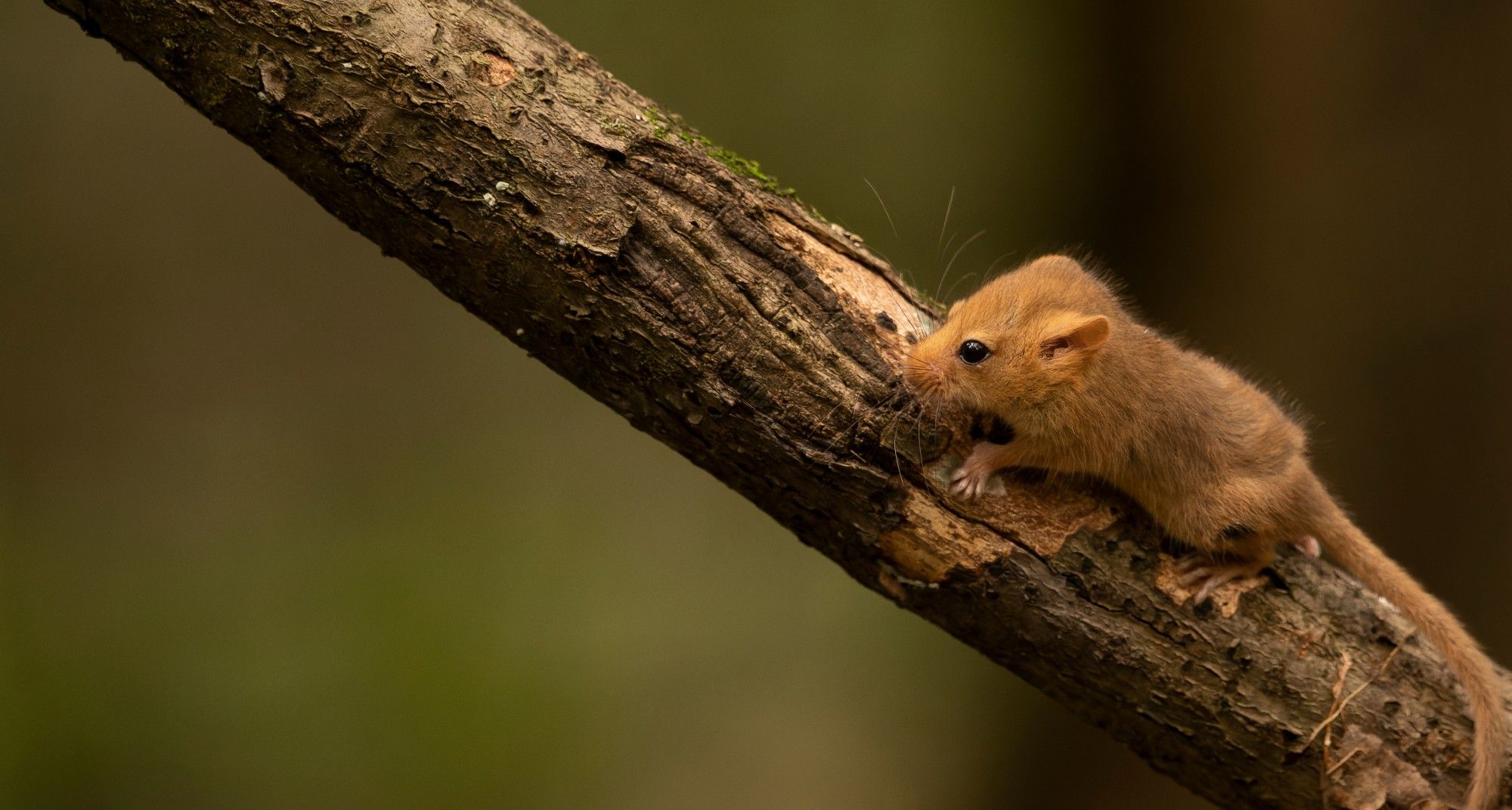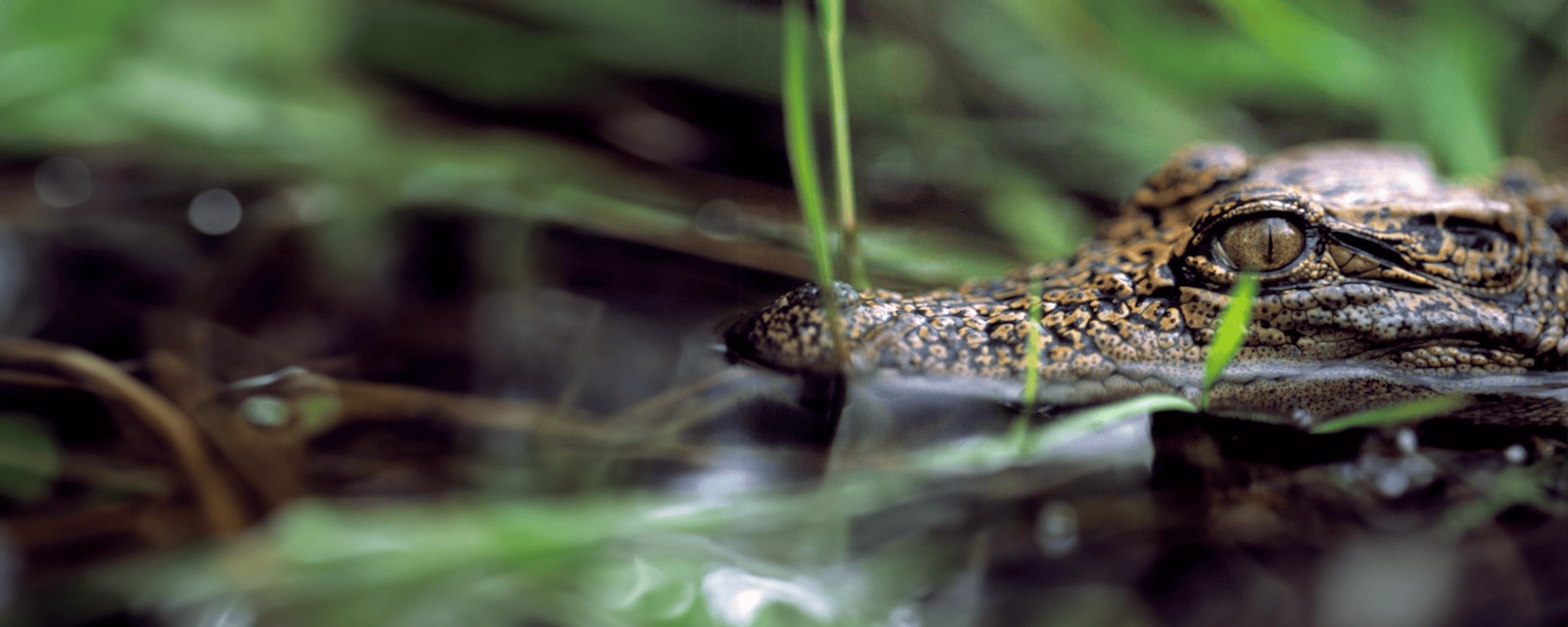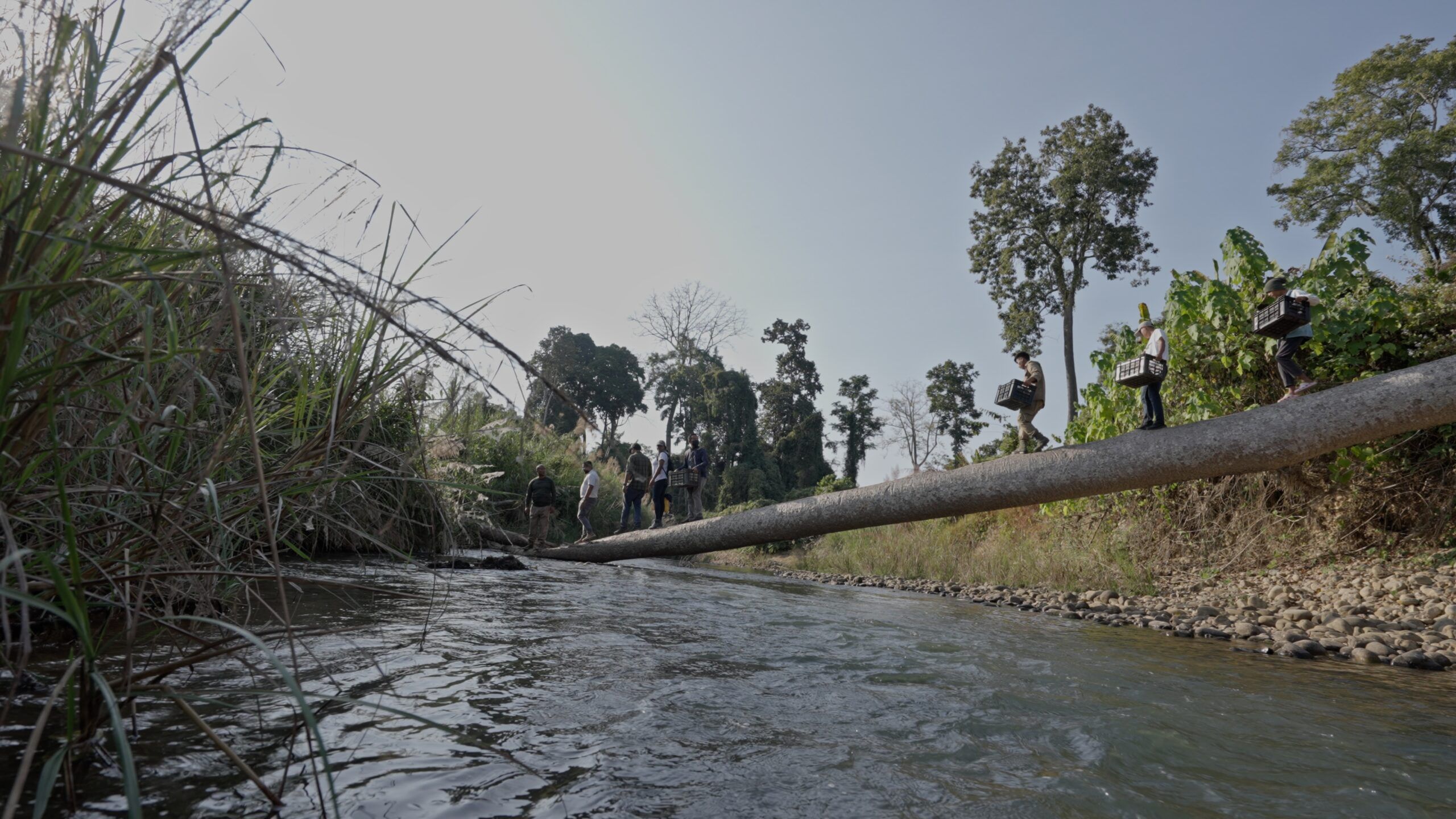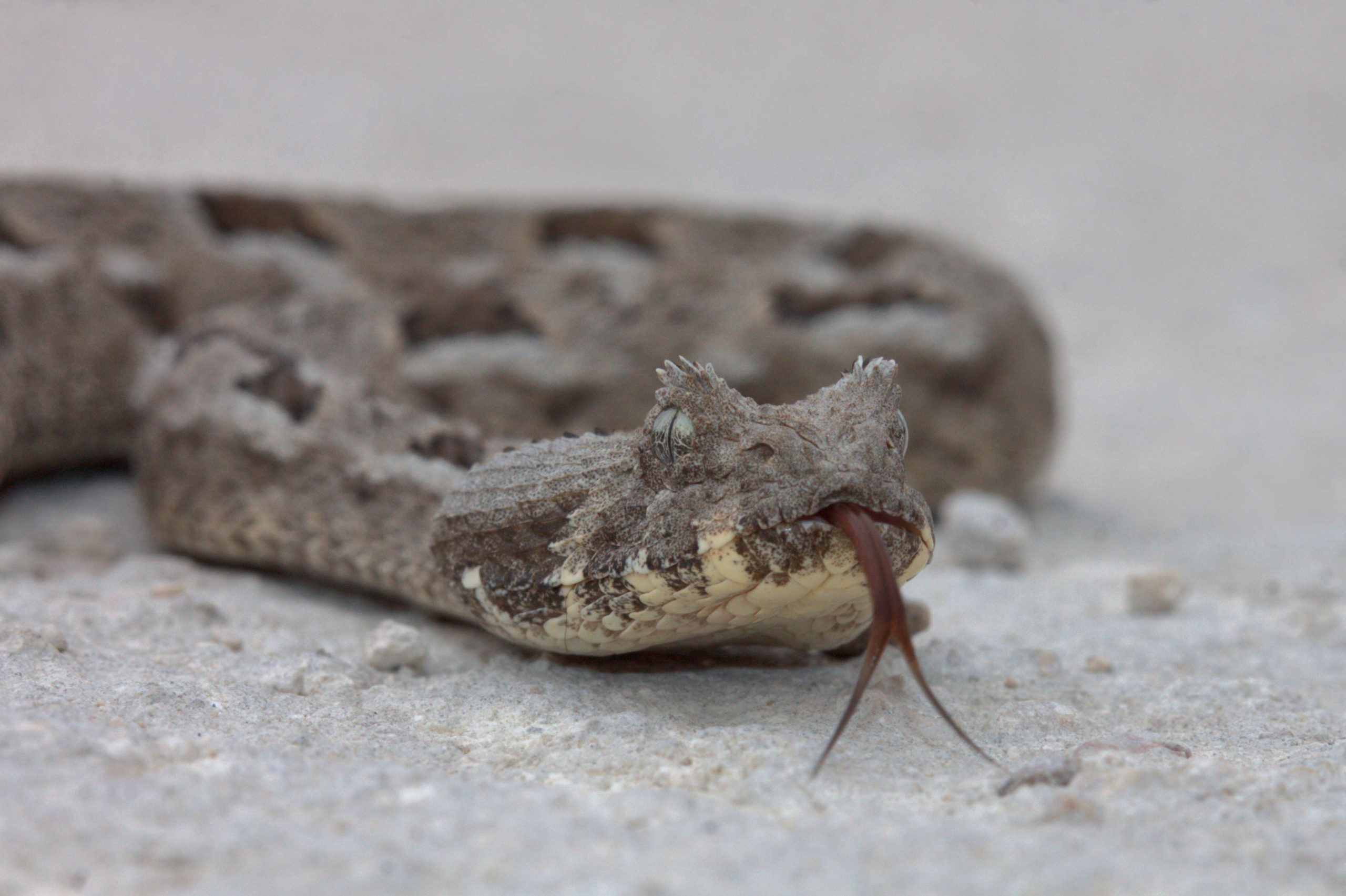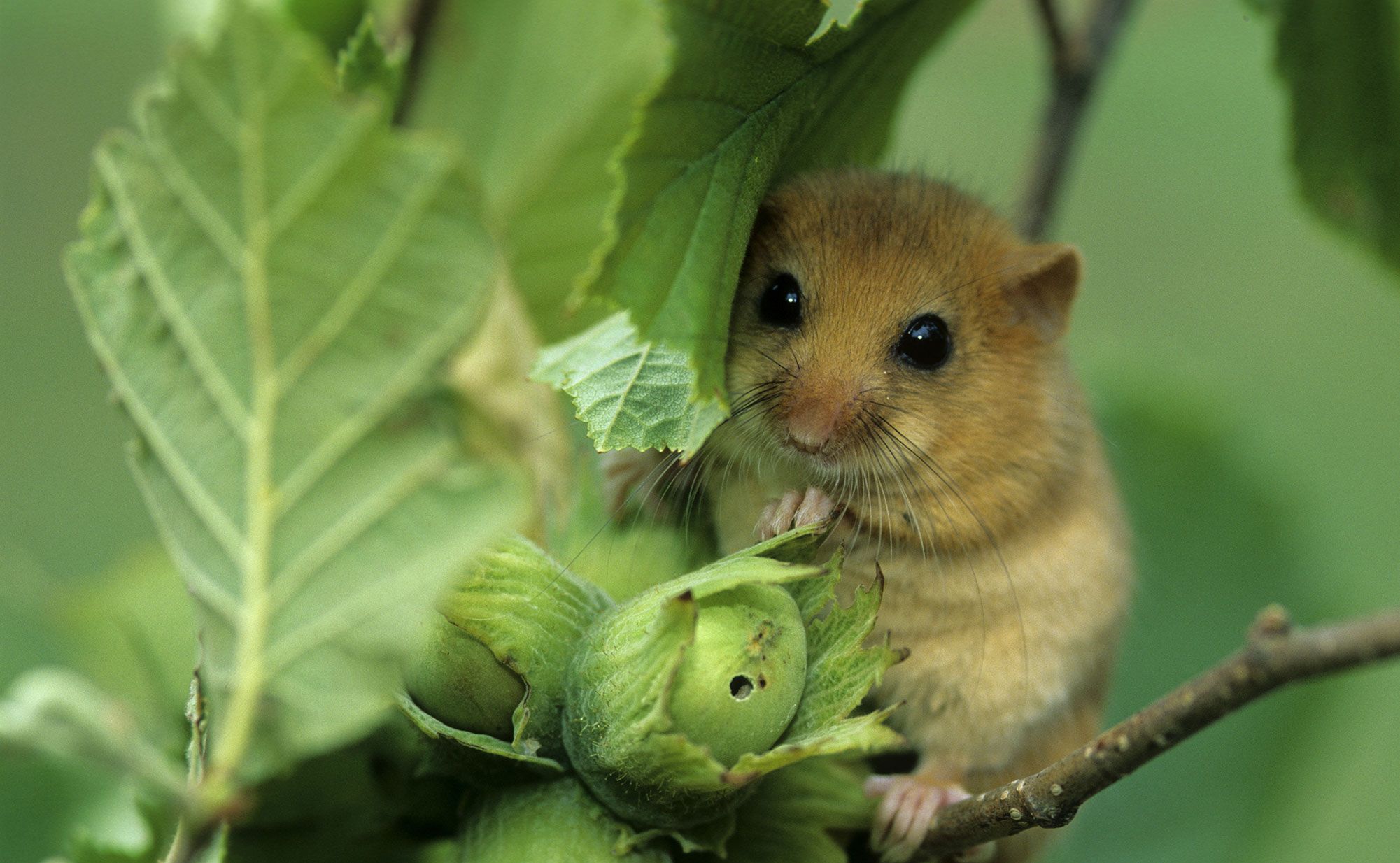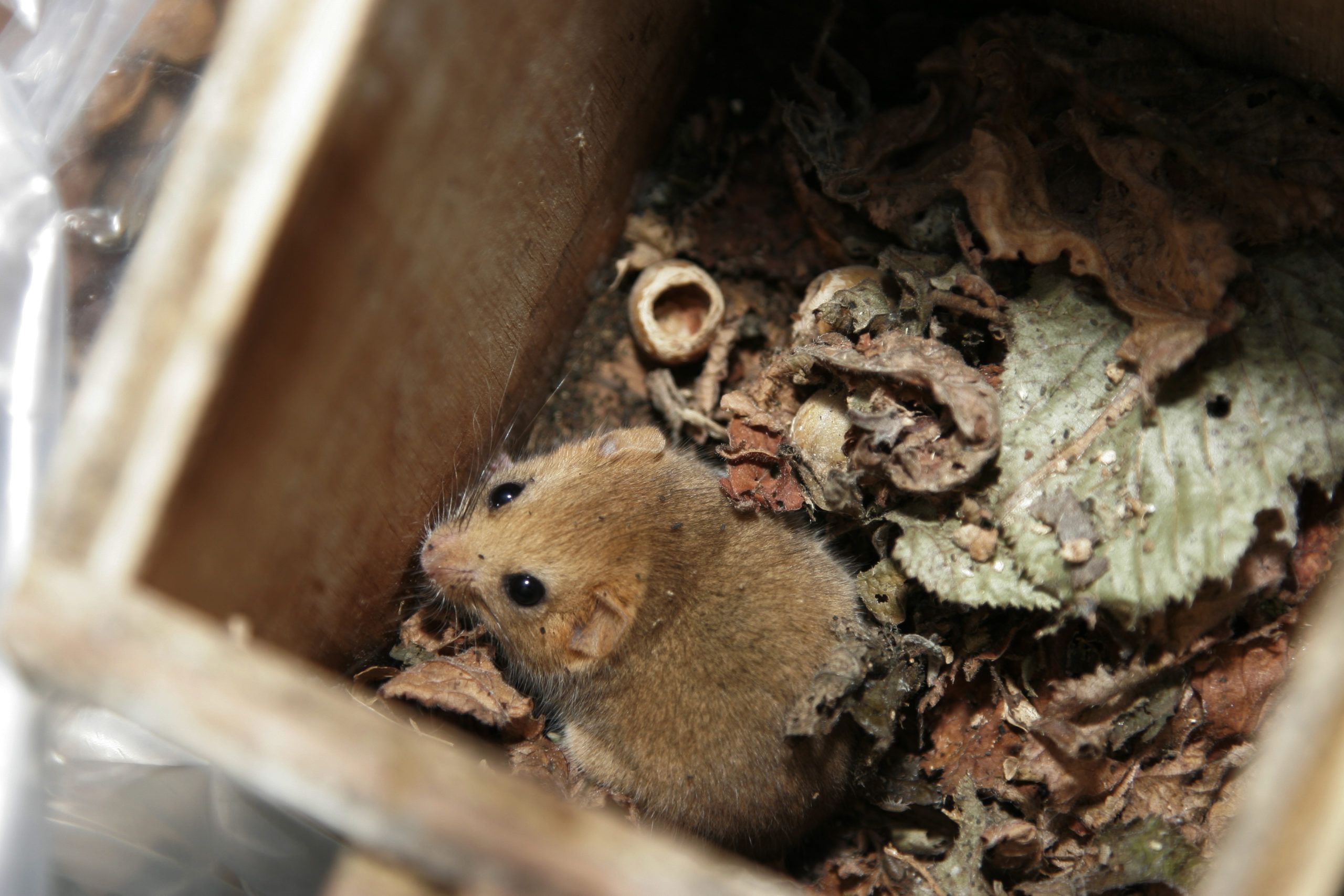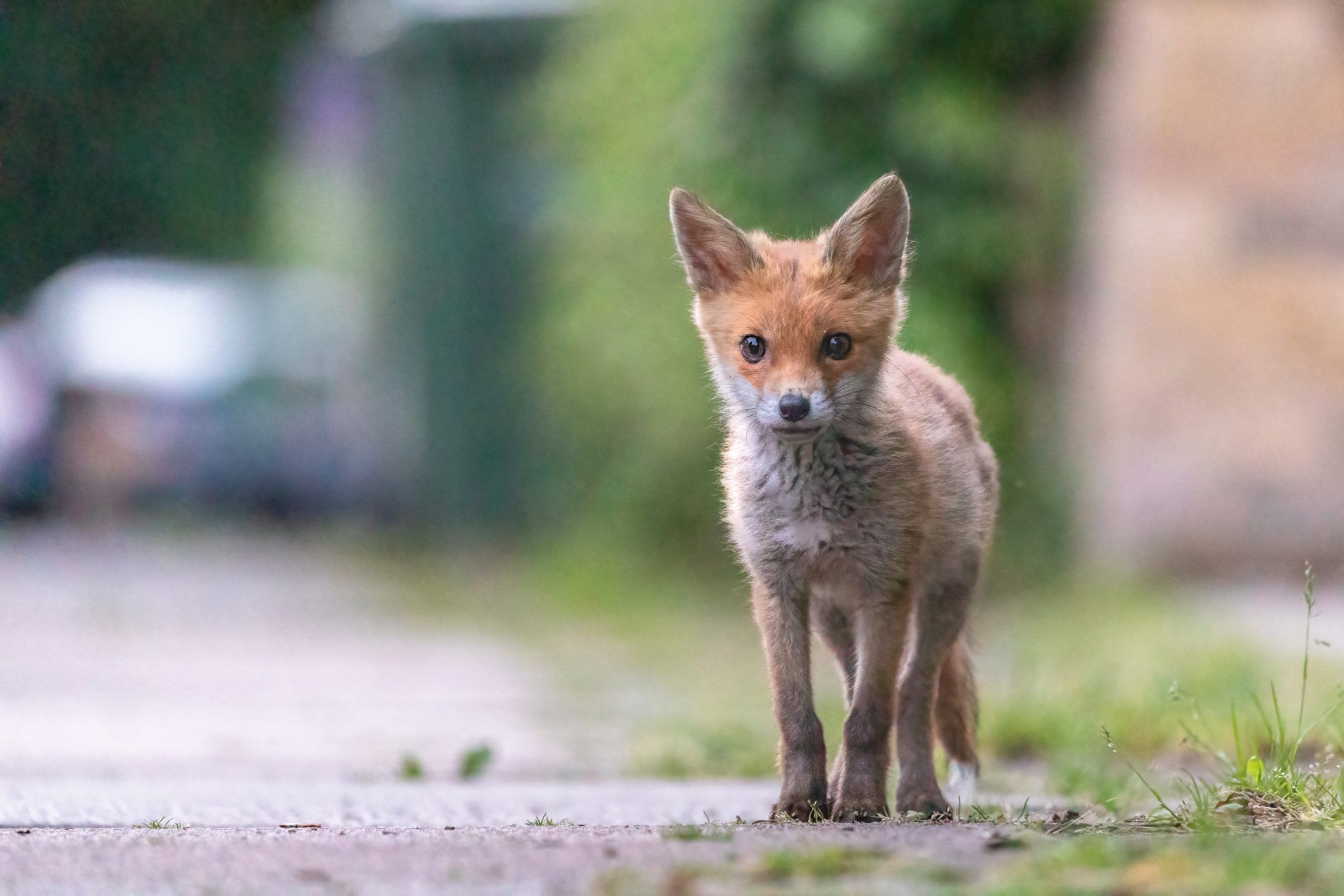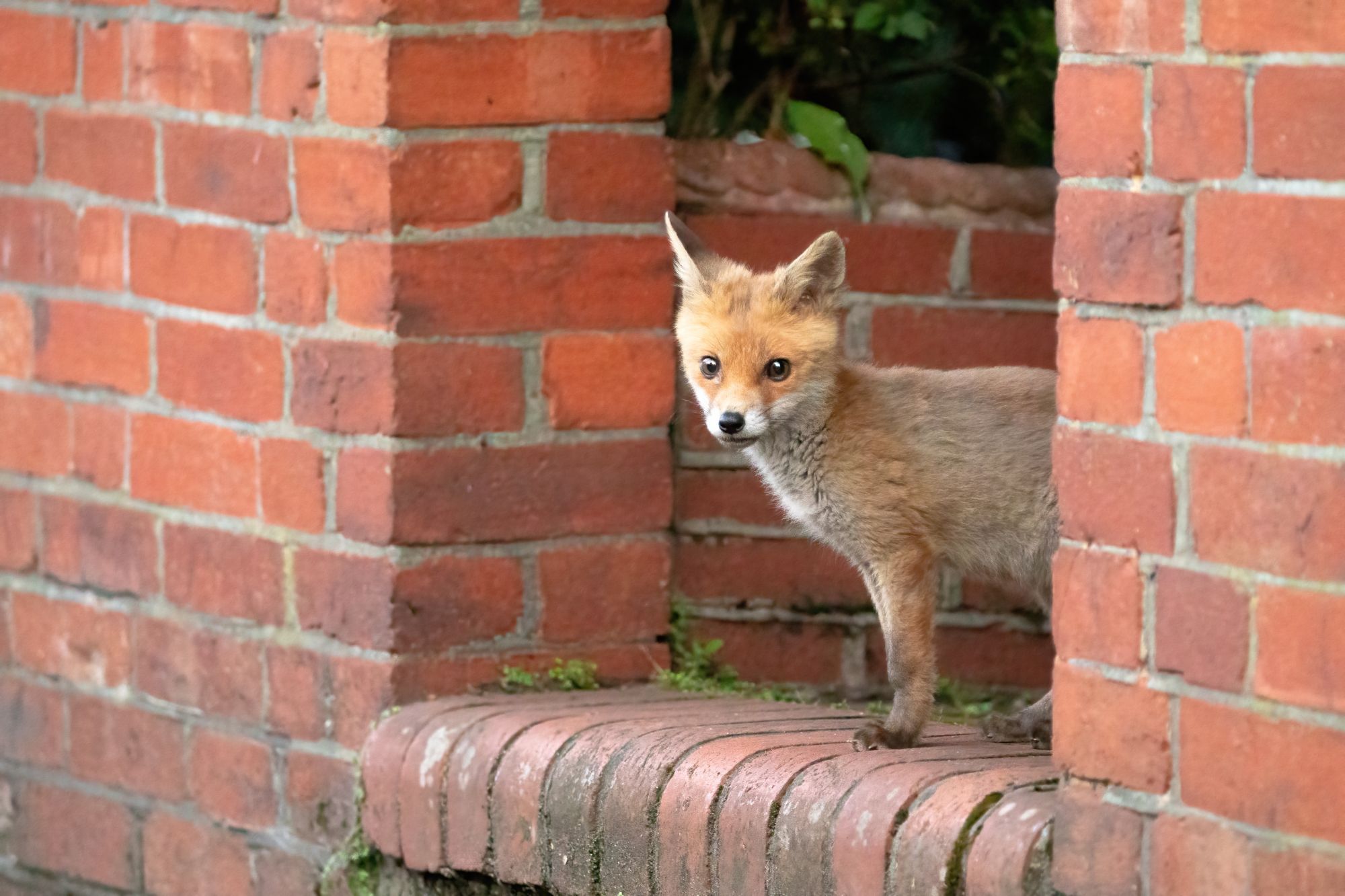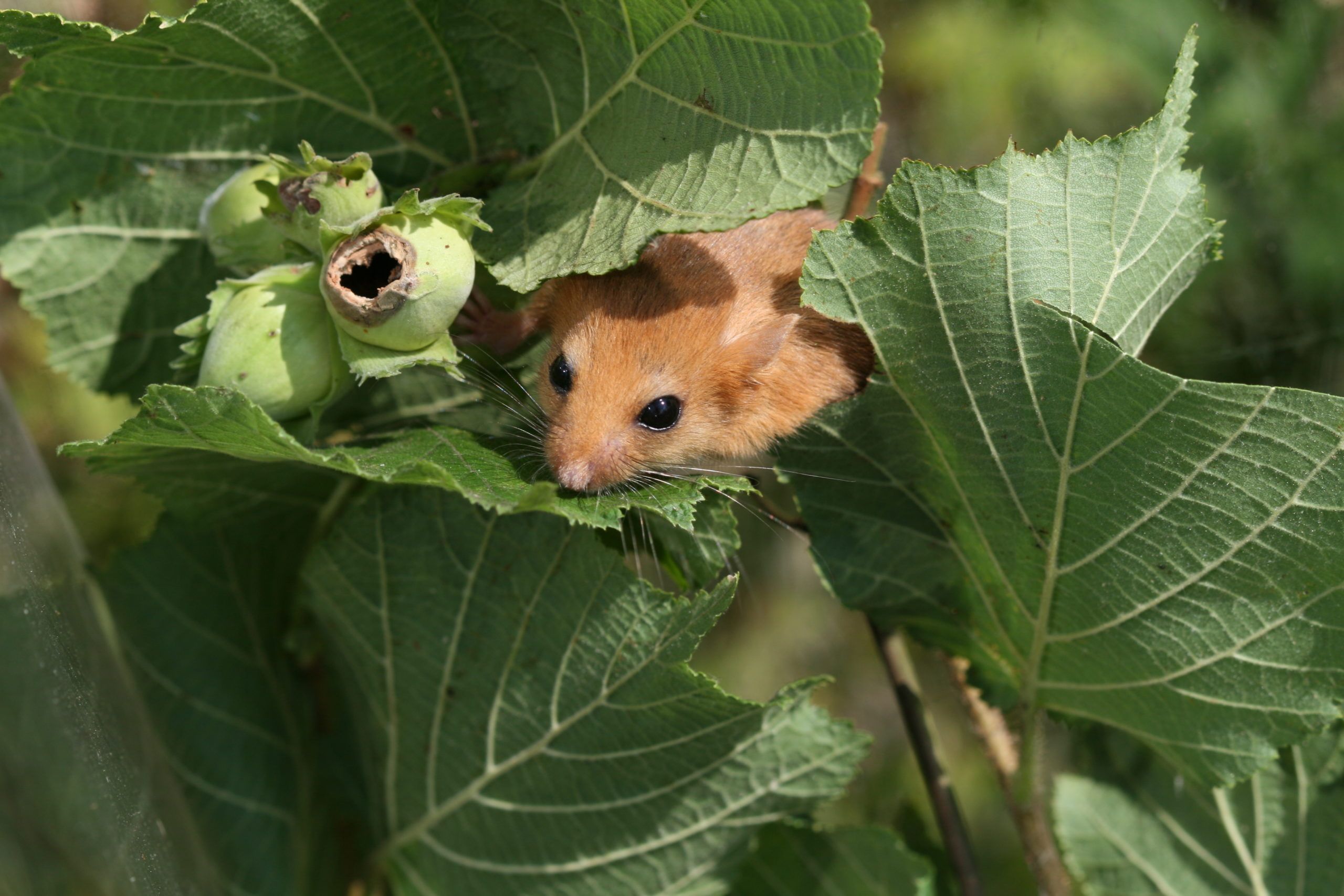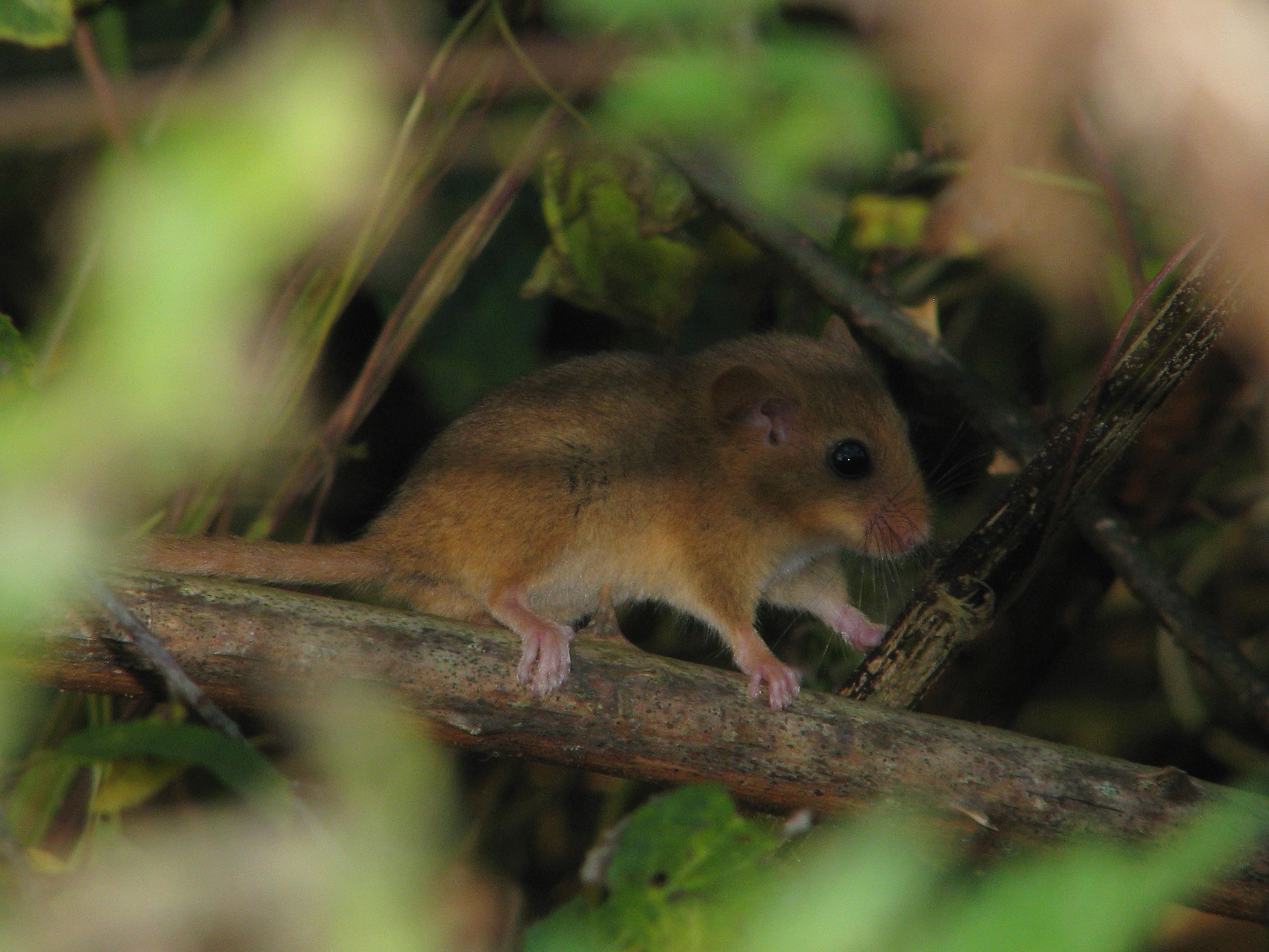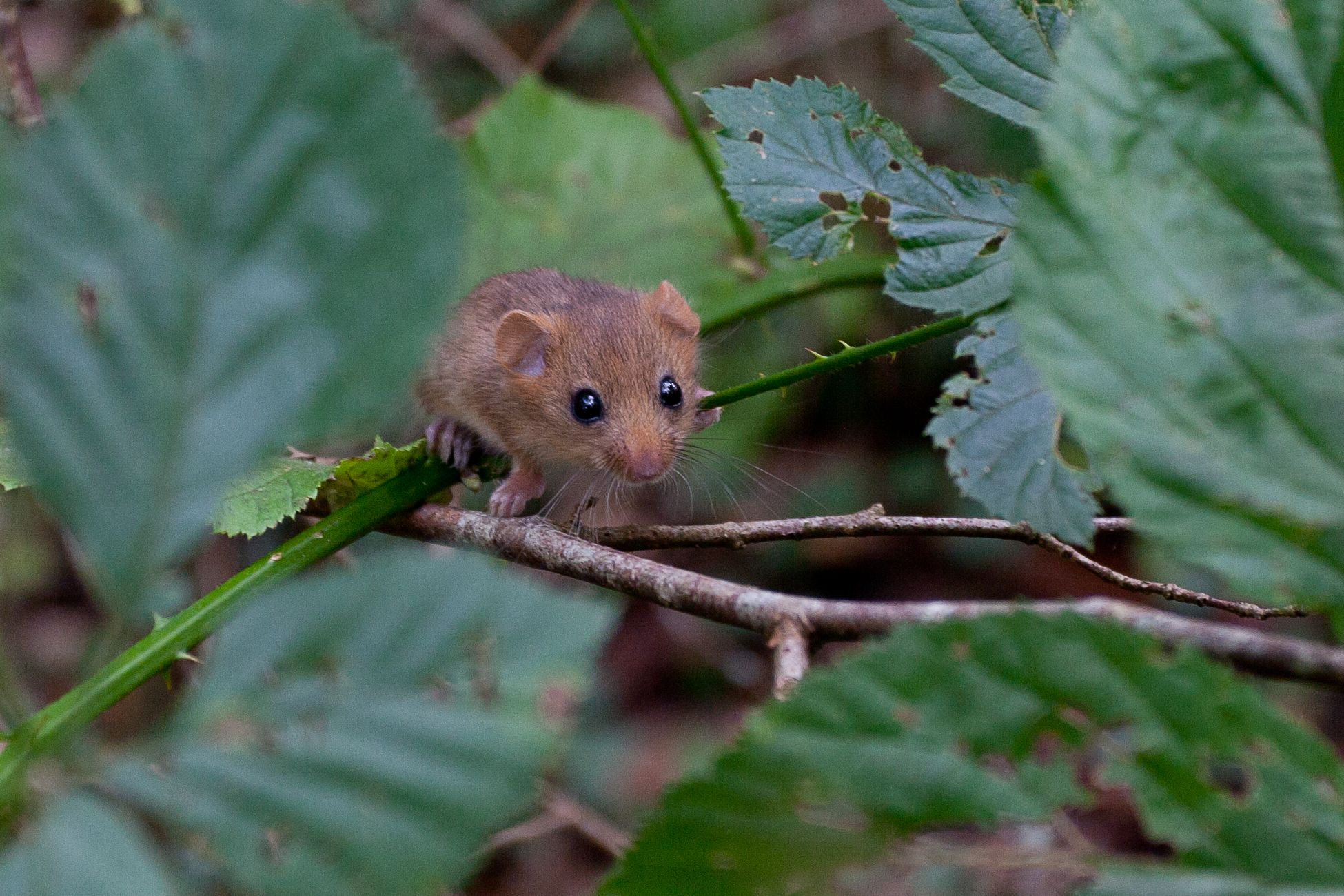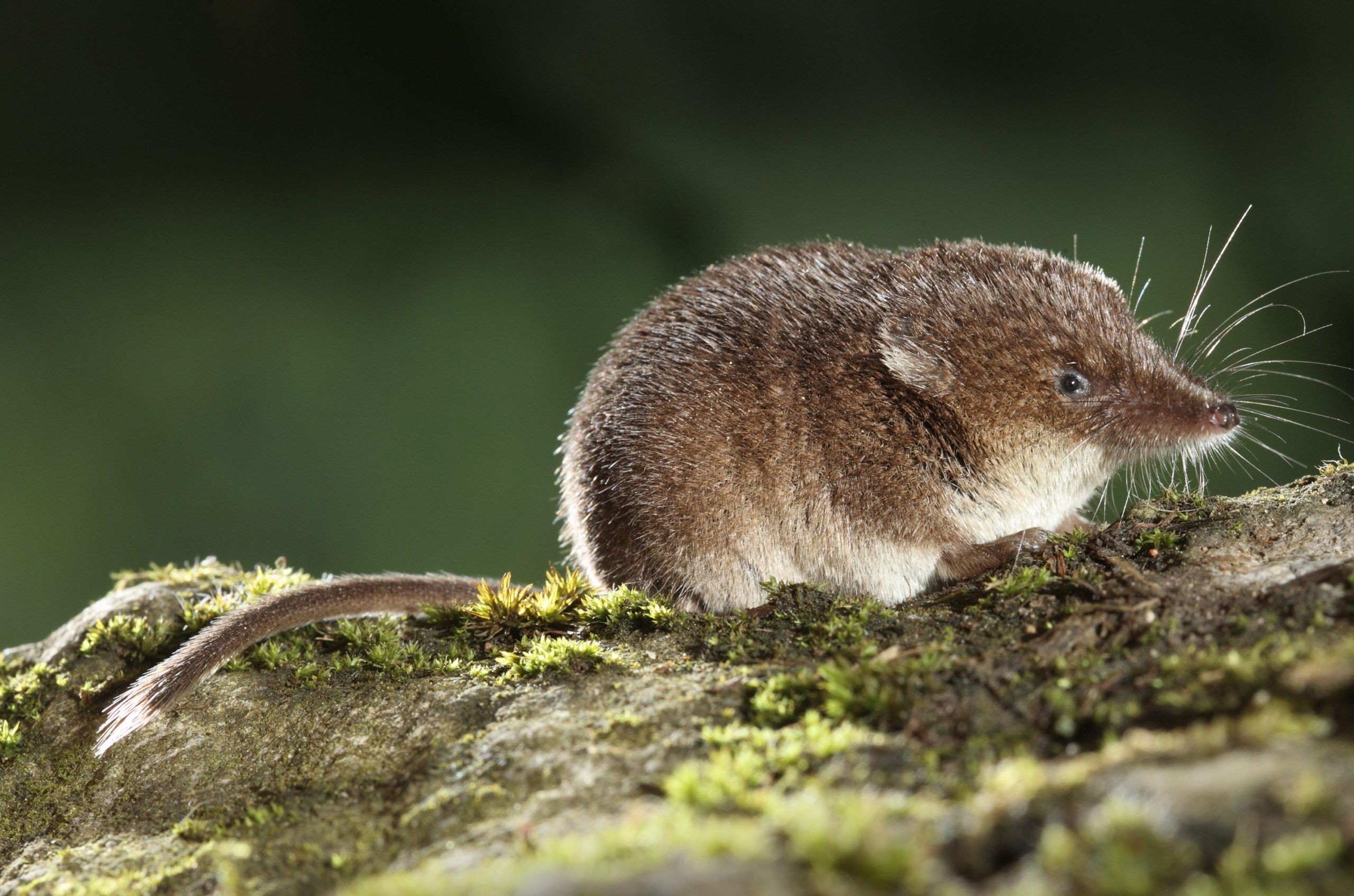Guest authors
Search by topic
Lily is a member of the Nottingham Wildlife Trust Keeping it Wild youth team. Having done a diploma at Brackenhurst, Lily has been accepted at Bangor University to study ecology …
Read article...PTES staff were thrilled about the exciting news that one of the rarest reptiles in the world has had a boost in numbers, thanks to the impressive efforts of PTES …
Read article...Sushmita Kar, one of our conservation insight grant winners at the Turtle Survival Alliance, talks to us about her recent field work expedition in Nagaland, India, searching for released Asian …
Read article...Protecting wildlife and ensuring habitats flourish is critical in this time of a global biodiversity crisis. Unfortunately, we’re all too aware that many of our wild species are under threat. …
Read article...Population trends and the NDMP Hazel dormouse numbers have been declining in England and Wales throughout the last century. As a result of this alarming trend, they’ve been listed as …
Read article...Using dormouse records sent in to the National Dormouse Monitoring Programme, we’ve been creating a map showing suitable habitat for hazel dormice projected across England. We can then use this …
Read article...In the first half of this two-part blog on photographing urban mammals, we looked at the technical aspects of photography and how to use camera settings, composition and light to …
Read article...We are blessed with a huge array of mammals in the UK, from small rodents and bats to large badgers and deer and many of these can be found in …
Read article...Windsor Safari Park Hazel dormice have always been secretive creatures. Not much was known about them until Dr Pat Morris and Dr Paul Bright began studying the species in the …
Read article...Last summer we put out our Fingle Woods CCTV wildlife camera kits once again, to learn more about our hazel dormice. Last time we set them up, in 2018, we …
Read article...David Talbot describes his experience volunteering this summer with the Back On Our Map (BOOM), Natural England and Morecambe Bay Partnership (MBP) during the landmark release of the 1000th hazel …
Read article...Supporter Kenneth Phipps sheds light on some of Britain’s smallest and often overlooked mammals. The British mainland has three species of shrew, common, pygmy, and water shrew, and all of …
Read article...
